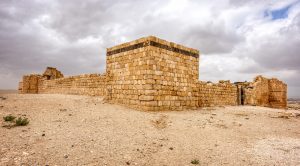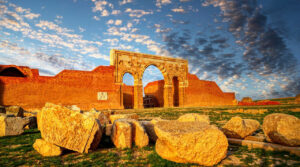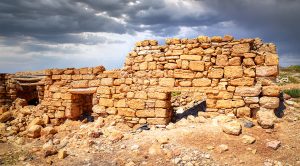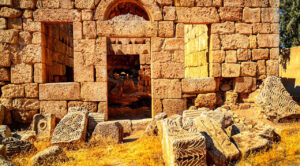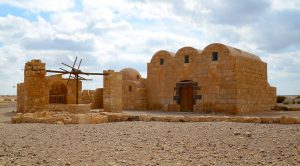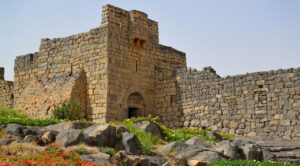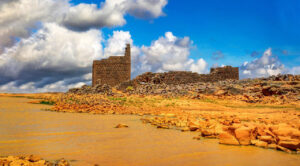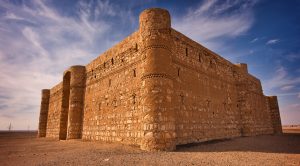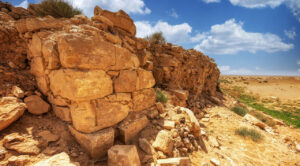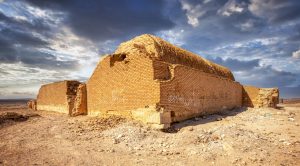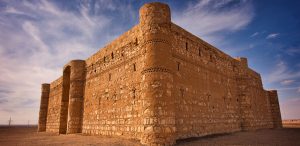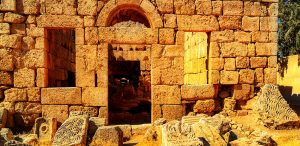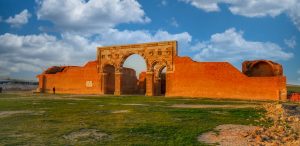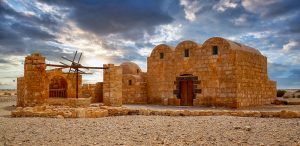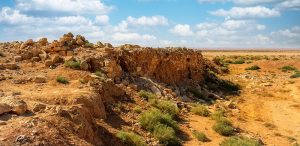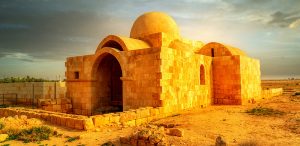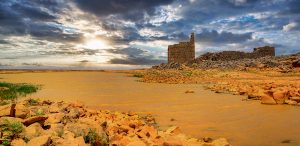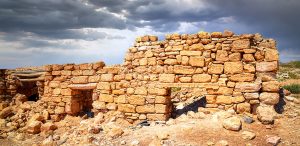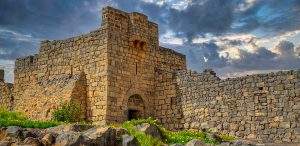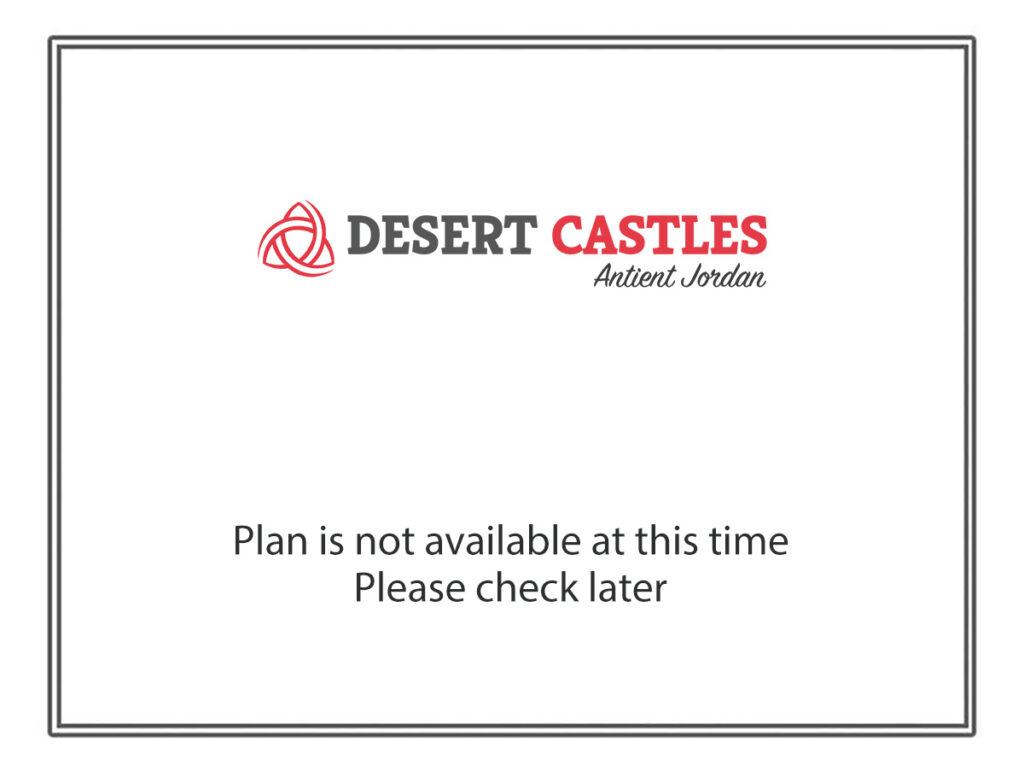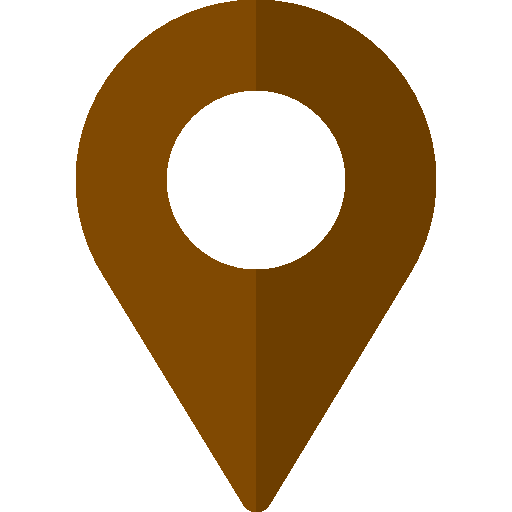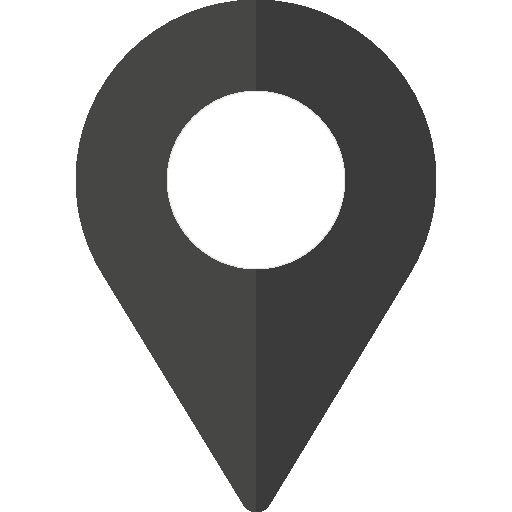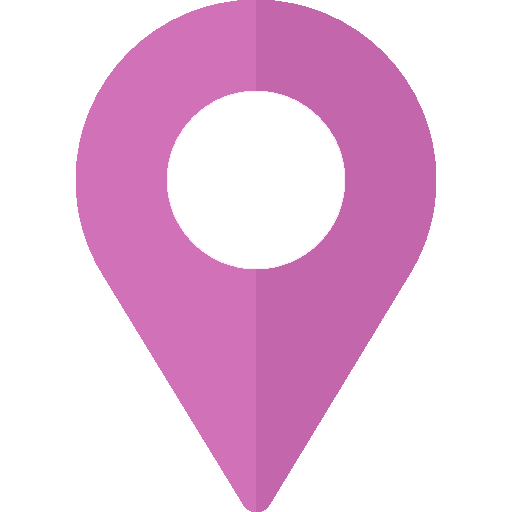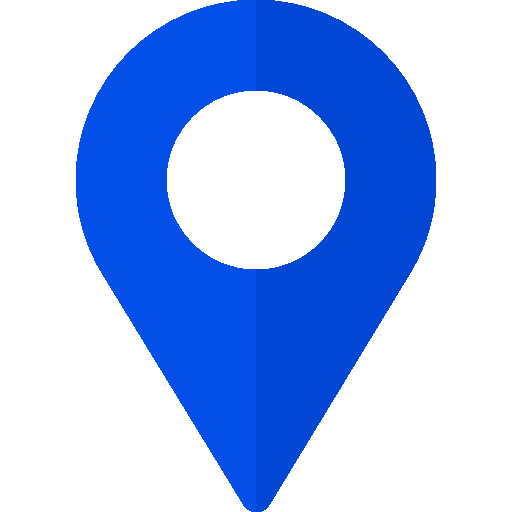Roughly 20 km from Amman, as you head towards Qasr Kharana and the UNESCO-listed Qasr Amra, lies the expansive reservoir at Al-Muwaqqar, just south of Highway 40. Still operational today, this reservoir likely served as a crucial lifeline for passing caravans and the local community. Its proximity to the remains of an Umayyad desert complex adds layers of historical intrigue to this area.
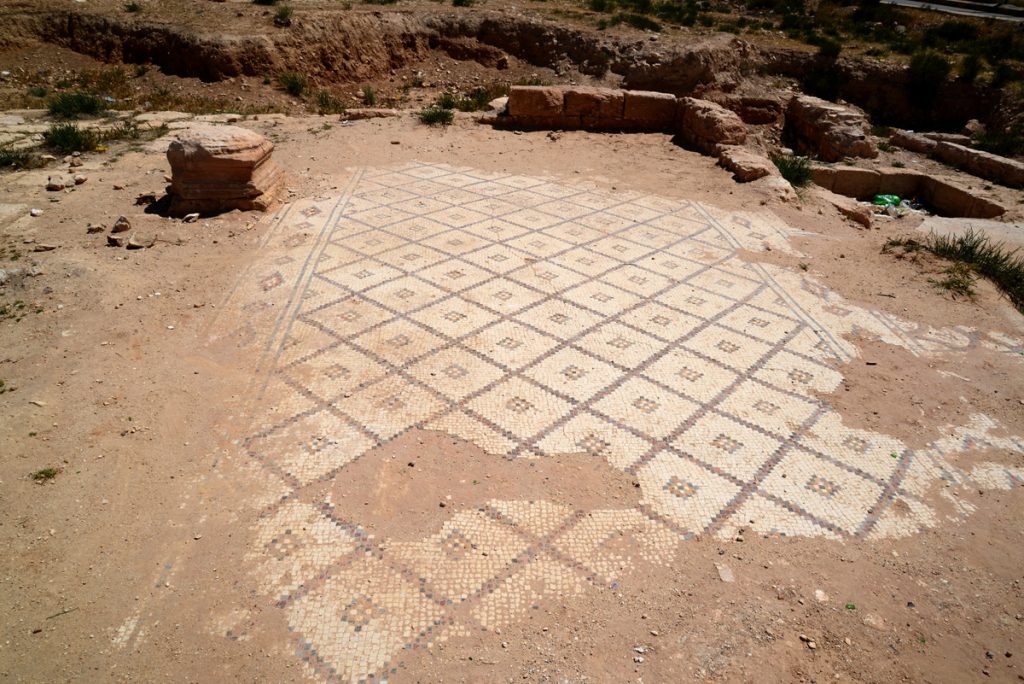
Exploring the Umayyad Complex
Perched on a hill above the reservoir are the remnants of an ancient Umayyad structure, one of Jordan’s famous Desert Castles. Although much of its splendour has decayed over the centuries, glimpses of its former majesty remain. Sandstone columns and a meticulously paved floor hint at a site that once radiated grandeur. Capitals once adorning the palace are now scattered—some integrated into modern homes throughout the town, while others have been lost to time.
Over the years, the site has taken on a utilitarian role, now serving as livestock pens for locals, with some areas doubling as dumping grounds. However, detailed historical accounts and literary evidence tie this palace to Caliph Yazid II, revealing an era when this site carried significant architectural and administrative importance.
Archaeological Discoveries
Though much of the complex was lost by the time early explorers like Alois Musil visited in the early 20th century, some features persisted. By the 1960s, K.A.C. Creswell noted that little remained of its grandeur except for atmospheric subterranean vaulted structures, low walls, and scattered paved sections nestled between the houses of the modern-day village.
Despite the loss, some artefacts were salvaged and preserved.
One of the most significant findings is a capital, now housed in the Archaeological Museum on the Amman Citadel. This artefact, bearing a Kufic inscription, provides critical context for the reservoir—it states that the reservoir was constructed by order of Yazid II between 722 and 723 AD. Remarkably, the capital was found in 1943, in a private yard mere metres from the palace ruins, broken neatly into two pieces but still fitting perfectly together.
Byzantine Echoes
Adding another layer to Al-Muwaqqar’s rich history are the remains of an ancient Byzantine settlement located near the palace. These ruins feature a visible double wall extending diagonally from the southwestern corner of the complex, hinting at defensive or structural elements of the past. Archaeological excavations have also uncovered fragments of mosaic flooring and ornately decorated lintels, providing a glimpse into the artistry and craftsmanship of the Byzantine period.
A Site of Historical Layers
Al-Muwaqqar is a captivating tapestry of history, with overlapping narratives that speak to both its Islamic and Byzantine heritage. From its practical reservoir, essential for survival in this arid region, to the surviving ruins and artefacts of its palace, this site is a treasure trove for history enthusiasts. While time has eroded much of its physical structure, the stories and artefacts that remain breathe life into its ancient past, inviting visitors to imagine the vibrant activity that once thrived here.
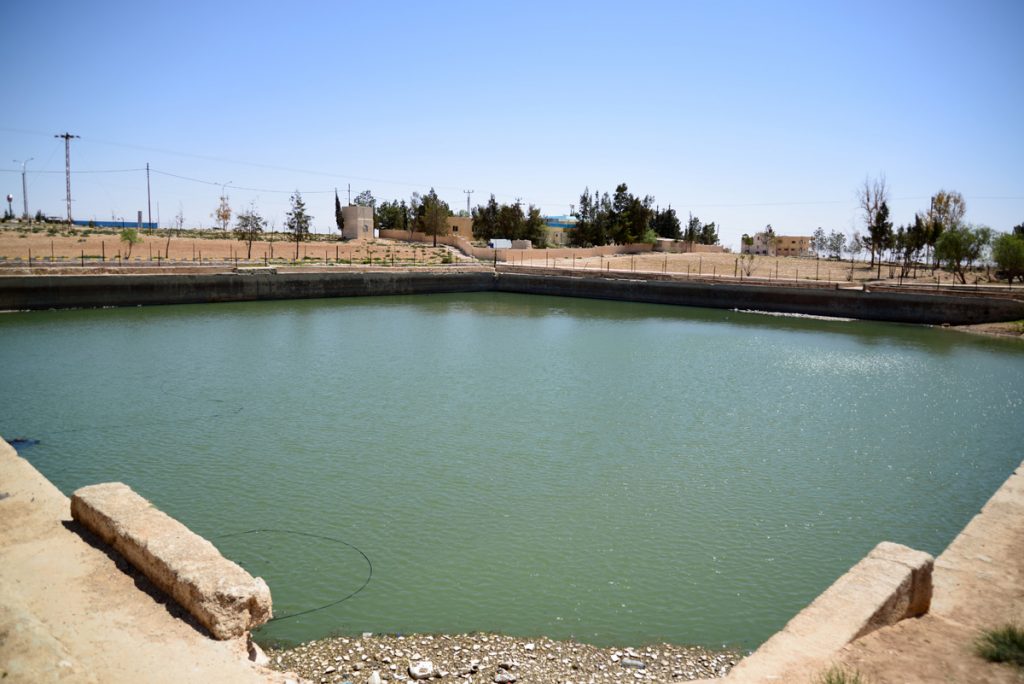
Discovered in May 1943, in a modest yard just a short distance from the palace ruins, the capital was found fractured in two but fitted seamlessly back together. Its discovery added an enduring piece to the tapestry of al-Muwaqqar’s history, revealing both aesthetic craftsmanship and functional innovation.
Three sides of the capital showcase intricate rows of acanthus leaves, separated by gracefully carved paired volutes, a hallmark of Umayyad artistry blending classical and Islamic motifs. Yet the fourth side is perhaps the most fascinating. Here lies a ten-line Arabic inscription carved in relief, standing boldly against its smooth background. The inscription carries a formal dedication, invoking blessings upon Yazid II and proclaiming, “Has ordered the building of this pool the servant of God, Yazid, Commander of the Faithful.” The scribe further notes the attentive stewardship of ‘Abdallah the son of Sulaym, who oversaw the project. Between the eighth and ninth lines, the words “Khamsat Ashara dhira” (15 cubits) are etched in a smaller script—a measure tied directly to the reservoir’s function.
Remarkably, this capital did more than crown a column—it served as part of a water gauge. Markings on each column drum measured the reservoir’s depth, with 15 cubits, the highest point, etched on this very capital itself. The design choice elegantly unified form, function, and symbolism, showcasing the ingenuity of early Islamic engineering.


